Electric solenoid valves can become contaminated with dirt and debris which can cause failure of the opening and closing. Most solenoid valves are normally closed position and open on command. When a valve “fails” it fails in the “open position” and the zone will stay on and water until it is manually shut down. This can waste thousands of gallons of water and potentially ruin a landscape literally washing it away! You cannot shut the zone down by using the controller because the debris is in the hydraulic part of the valve and physically cannot close. The main supply valve to the entire sprinkler system needs to be closed and the valve needs to be taken apart and flushed and or damaged parts need to be replaced. The valve then needs to be reassembled and tested “on” and “off” several times from the controller to ensure that it will operate properly and at the proper time. Debris can enter the valve from the source, this can even include the water supplier. We have found pieces of glass, nuts, bolts, rocks, dirt, mud, sediment, and other unidentifiable objects inside a solenoid valve that was stuck in the “open” position.
Another frequent repair that we receive many calls for is roots of trees growing around sprinkler pipe in the ground and strangling the pipe and reducing or stopping the flow of water. Sometimes it is obvious to us in that we will observe half the sprinkler heads in one zone operating correctly and the other half the heads trickling out water. We perform a simple psi test to determine if the roots have grown around the pipe and cut it off.
Another problem that I encounter while maintaining sprinkler systems is damage to the field wiring. The wiring connects the controller to the solenoid valves in the ground. This problem can occur over time due to wear and tear, freezing and thaw of the ground, tree roots, rodents chewing, landscaping work, utility work, and anytime the ground is disturbed by outside influences. When you have a problem your controller might read “short” or “open.” Some zones may work and some may not. We have many kinds of electrical diagnostic equipment to quickly find the problem.



